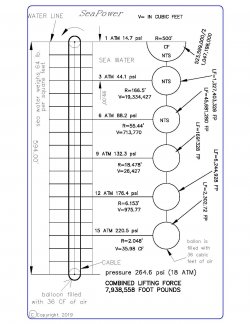- Aug 6, 2017
- 5,445
- 1,310
- 140
- Thread starter
- #141
Are your three engineers still working on some numbers for you?
No, they gave back the money because I continued to change the preamitors. They all decided to wait until I had a final verson to work with; but they did not say it was an impossible idea.
Sure you can prove me wrong, the model is simplified so a simplified rebuttal should sufficeI don't thank anyone "here" will be able to PROVE TO YOU that your device will not work as you intend, as an energy source..
JoeMoma, You would not recognize proof if you saw it.
Since you obviously will not believe anyone on this forum that your device will not work, or believe the thousands of years of history in which many have tried and all have failed to create similar mechanical devices (perpetual motion machines) try making a scale model that works as you intend. it will not.
JoeMoma, this is NOT a (perpetual motion machines)
Which does not make it a perpetual motion machine no more than a car is a perpetual motion machine.And by the way, your device is considered a perpetual motion machine because if it worked as you intend, to create energy, then once set in motion the output energy of your device could be looped back to the air pump and run your device


